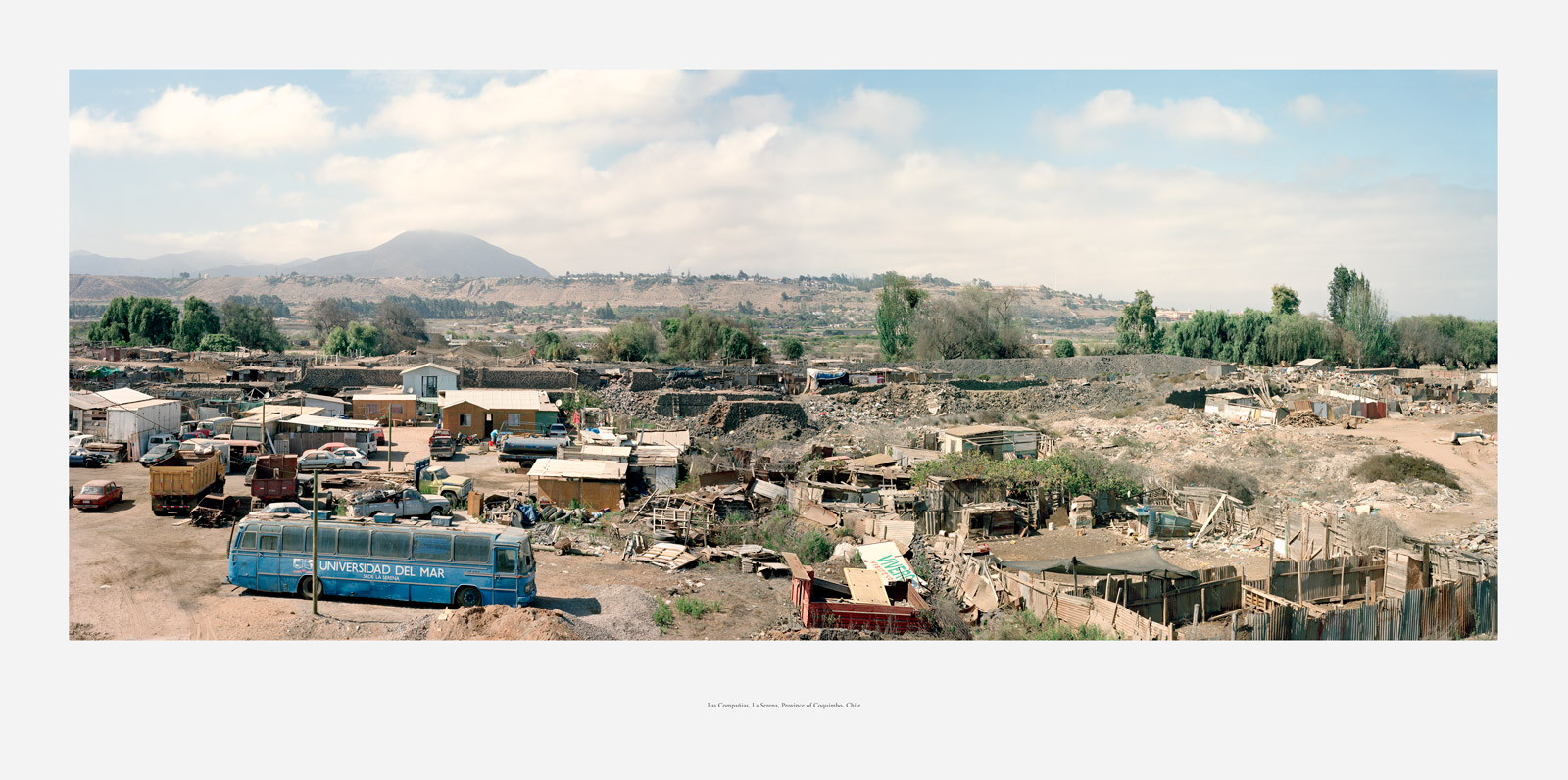

The copper ore extracted in the remote geographies of Coquimbo, Chile, were shipped mainly to Wales and smelted in the Lower Swansea Valley between 1840 and 1880.
One of the most important industrial capitalists of the time was Charles Lambert (1793–1876), an Anglo-French man who travelled to Chile to work for a British company before developing his own mining enterprises with remarkable success, particularly in his refining and export enterprises, and, most importantly, Las Compañias. The copper ore was extracted from the extraction sites of Brillador, Panucillo, Huamalata and Totoralillo. Some were controlled by Lambert himself, with the copper brought by mule to Las Compañias where it was crushed and smelted at around seventy percent purity. However, Las Compañias did not last long, as the overexploitation of trees surrounding it produced a drop in the supply of fuel for the smelting processes.
The copper was taken by clippers around Cape Horn to Swansea and refined at around ninety-nine percent. Merchants, such as Henry Bath and Sons, the Pacific Steam Navigation Company and Balfour, Williamson and Co. were actively engaged in the transport and trade of copper during the nineteenth century. As a result of the copper industry, the Lower Swansea Valley was heavily contaminated for more than two centuries. It was described as one of the most polluted landscapes in the world until the 1960s and 1970s, when the Lower Swansea Valley Project was established as conservation effort to reclaim the toxic landscape from the pollution caused by the smelting industries.
Today, in Coquimbo, the symbols of marginality, such as discarded vehicles, prefabricated housing structures and improvised workshops, form part of the landscape. Additionally, the site is populated with symbols of British economic imperialism from the nineteenth century, such as bricks and corrugated iron cladding panels. In contrast to the dry and neglected landscape of Coquimbo, in Swansea, a result of the process of decontamination, housing developments, shopping centres, and stadiums have replaced the industrial facilities of the past.